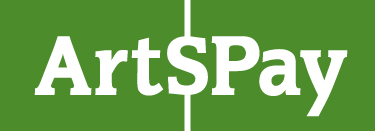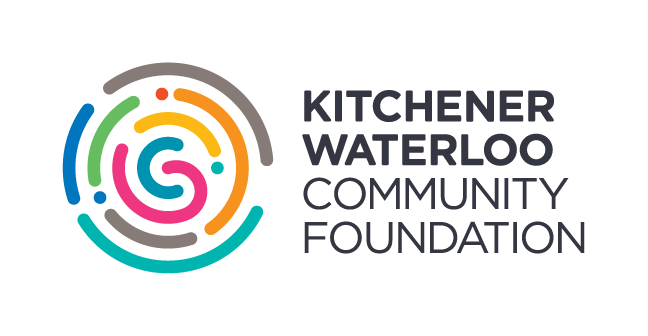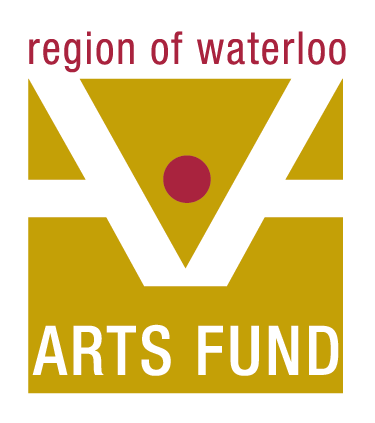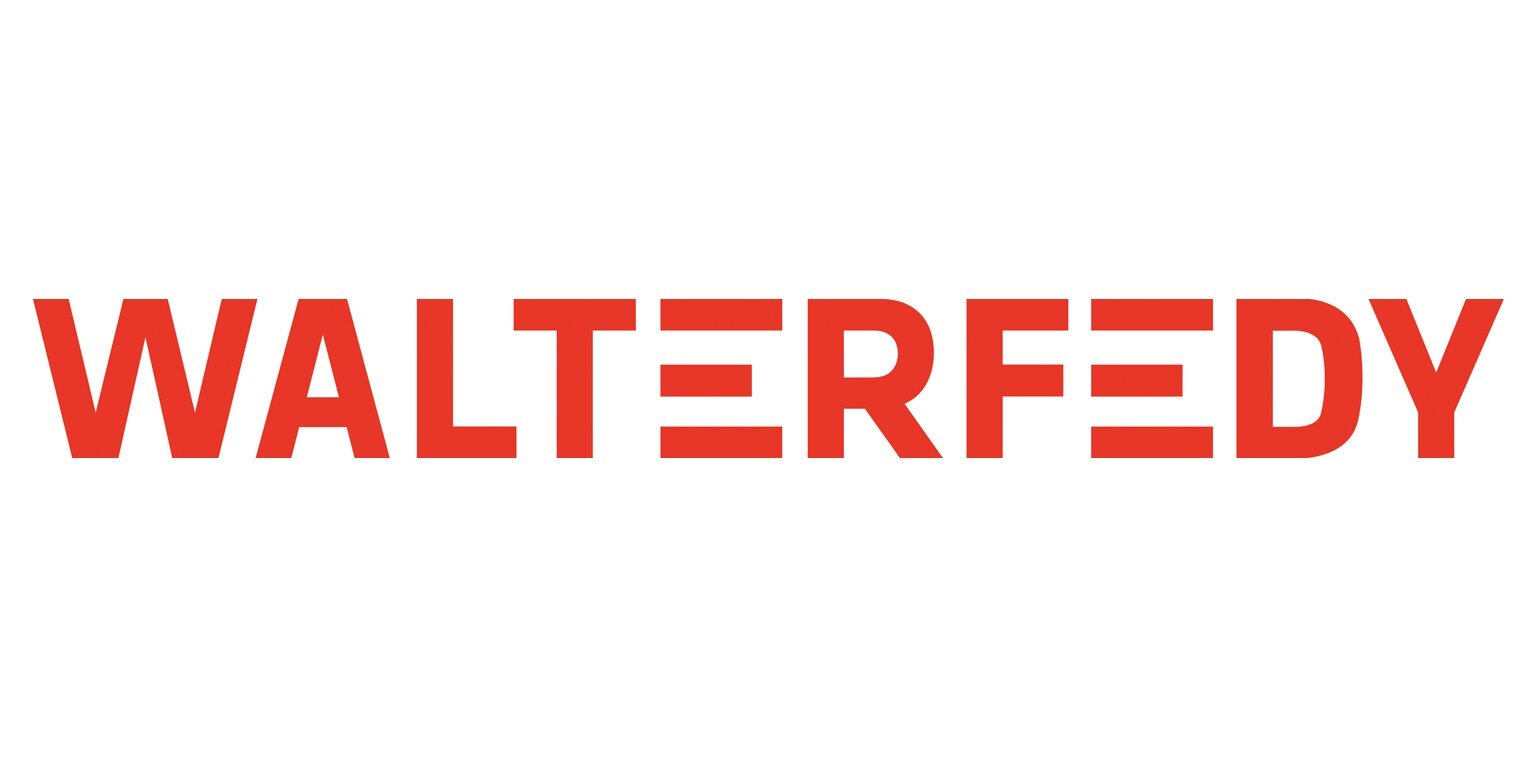Understanding Fees & Prices
Pricing Artwork is not done randomly and reflects the value of the work done. In general the work of professional, experienced arts practitioners will cost more than that of a developing arts practitioner. Many artists compare their prices with those of other artists at a similar point in their career, working in similar mediums. It's not good to be priced out of the market, or to undervalue your work. Some artists use a formula to calculate the cost per square inch of their work.
Most artists will agree to work out a payment plan involving instalments, but attempts to negotiate a price reduction are not appreciated.
Expenses incurred in creating and producing the work, such as materials, equipment, rent and overhead are reflected in pricing. The cost of the materials used, size of the artwork, time and special equipment involved and the complexities are among other factors considered in pricing.
The number of editions or copies available may also affect the price of work. For example, a photograph or print with 10 copies in the limited edition series may be priced lower than an original painting of a similar size.
If the work is sold ready to hang or display, that cost will be passed along in the price.
Prices may increase as work sells, but it is advisable not to reduce prices and to maintain consistent prices even when a commission is owed as result of the sale.
Gallery prices include any commission in the posted price, but not HST.
Consignment and commission fees should be included in your prices now and not added on top later. Price consistency across venues is considered to be a more professional approach. If a client buys a piece and sees it at a reduced price the next week at another show they aren't very happy.You then try to offset the more'expensive' opportunities with ones that offer more 'gain'. This management part is at your end.
Fees, as with any business, reflect expenses incurred in creating, producing and exhibiting art: materials, equipment, studio rent and overhead, artist fees, professional education, development and membership, installation, insurance, travel, transportation costs; all the expenses necessary to practice a successful project and career.
Working for exposure (Myths & Best Practices) doesn't pay the rent, the dentist, the grocery bill or buy coats, your child's hockey skates, or a transit pass... or make for a healthy, sustainable, vibrant visual arts sector.


















